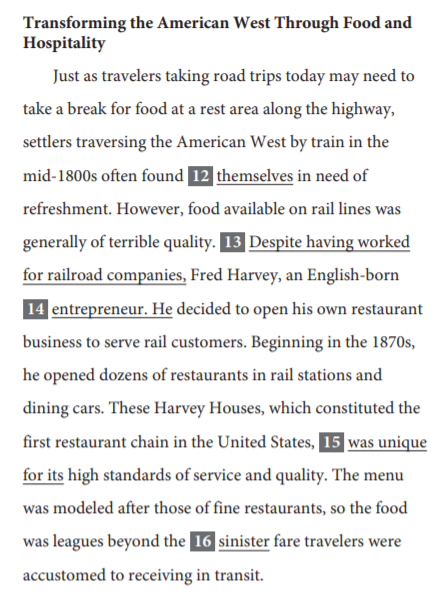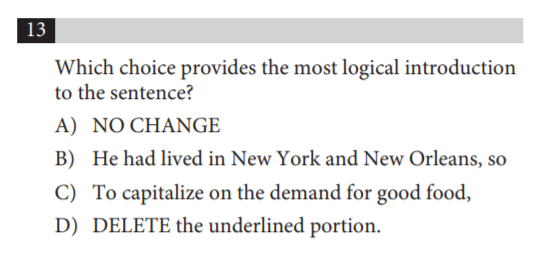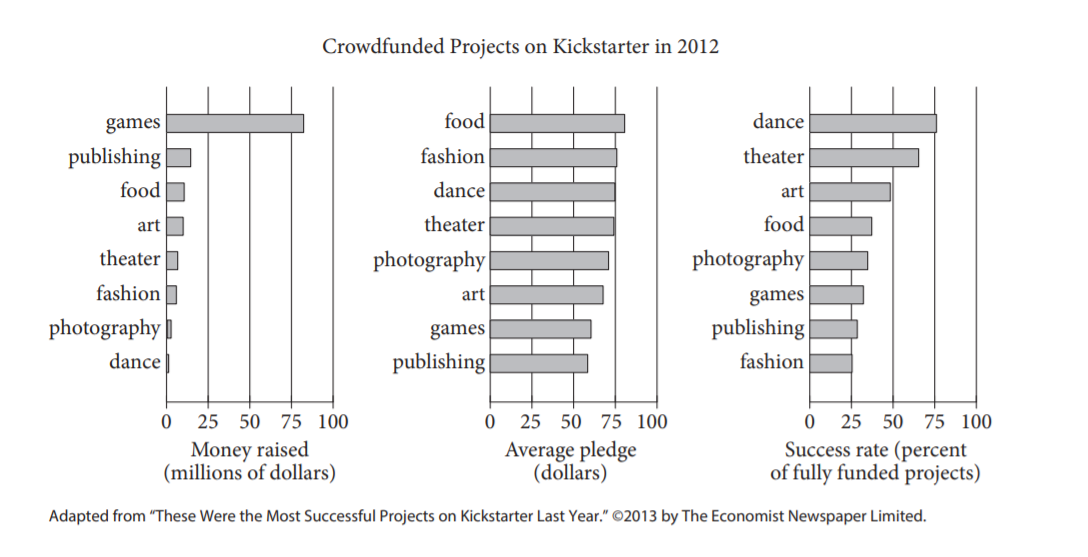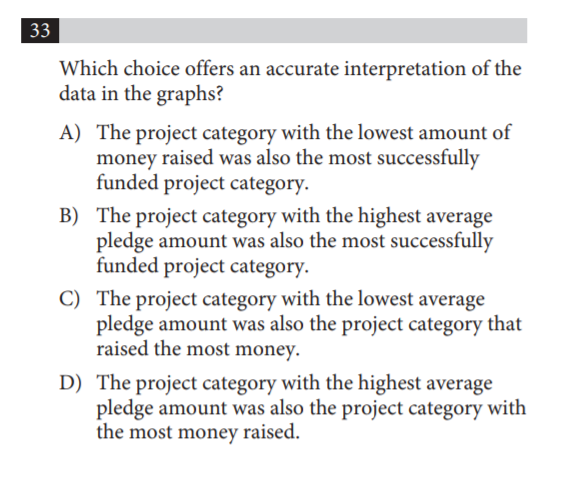The SAT Writing and Language section is a critical part of the exam, testing your ability to comprehend, analyze, and critique a wide range of written passages. Among the various passages you’ll encounter, those related to history, social studies, and science require particular attention. These passages are designed to assess your ability to engage with complex texts, identify key ideas, understand context, and apply analytical thinking.
Developing strong analytical skills in these subjects is not only essential for excelling on the SAT but also for fostering a deeper understanding of the world around you. Whether you’re analyzing historical documents, evaluating social studies topics, or interpreting scientific research, the ability to think critically and assess information accurately is invaluable.
This guide will take you through the types of passages you’ll encounter in the SAT Writing and Language section, with a focus on historical, social studies, and scientific content. We’ll explore strategies and tips to help you effectively analyze these passages, ensuring you’re well-prepared to tackle this section of the SAT.
Analyzing Historical Passages on the SAT
Understanding Historical Passages
Historical passages in the SAT Writing and Language section are excerpts from speeches, documents, or other significant texts from various periods in history. These passages often present complex arguments, nuanced perspectives, and rich context that challenge your reading comprehension and critical thinking skills.
The purpose of these passages is to evaluate your ability to understand historical arguments, identify the main ideas, and recognize how context influences meaning. Historical passages may cover a wide range of topics, from political developments and revolutions to scientific breakthroughs and social movements.
Strategies for Analyzing Historical Passages
To excel in analyzing historical passages, it’s crucial to approach them with a clear strategy. Here are some tips to help you navigate these complex texts:
1.Embrace Chronological Thinking
Historical passages often present events in a chronological order, detailing a sequence of events that build upon each other. Understanding the flow of these events is essential for grasping the author’s argument. Pay close attention to how one event leads to another and how the author connects these events to make a broader point.
Example: If a passage discusses the American Revolution, it may begin with the causes, such as taxation without representation, and move on to the events of the revolution itself. Understanding this sequence will help you analyze the passage more effectively.
2.Analyze Perspectives
Historical texts frequently present multiple perspectives on an event or issue. Identifying and evaluating these perspectives is key to understanding the passage’s main argument. Consider the biases and motivations of the figures involved and how their viewpoints shape the narrative.
Example: A passage might compare the views of the Federalists and Anti-Federalists during the ratification of the U.S. Constitution. Recognizing these differing perspectives will enable you to analyze the arguments presented in the passage more critically.
3.Contextualize the Passage
Understanding the historical context of a passage is crucial for interpreting its meaning. Consider the time period in which the text was written, the events surrounding it, and the audience it was intended for. This context will help you grasp the significance of the arguments and the implications of the text.
Example: If you’re reading a passage about the Civil Rights Movement, knowing the historical context of the 1960s in America will provide valuable insights into the motivations and challenges faced by the movement’s leaders.
Common Challenges in Historical Passages
While historical passages offer rich content for analysis, they can also be challenging due to their complex language and nuanced arguments. Here are some common challenges you might face:
•Archaic Language: Historical passages may contain outdated language or references that are unfamiliar. When encountering unfamiliar terms, try to infer their meaning from the context or look for modern equivalents.
•Dense Arguments: Historical texts often present dense and layered arguments. Take your time to break down these arguments into smaller components, identifying the main points and supporting evidence.
•Multiple Perspectives: As mentioned earlier, historical passages may present multiple viewpoints. It’s important to differentiate between these perspectives and understand how they contribute to the overall argument.
Analyzing Social Studies Passages on the SAT
Understanding Social Studies Passages
Social studies passages on the SAT cover a broad range of topics, including politics, economics, culture, and global issues. These passages are designed to test your ability to analyze and understand the complex dynamics of societies and how different factors interact within them.
In these passages, authors may present arguments, share viewpoints, or explore the causes and effects of various social phenomena. The goal is to assess your ability to connect ideas, understand the implications of social trends, and critically evaluate the arguments presented.
Strategies for Analyzing Social Studies Passages
To excel in social studies passages, you need to adopt a holistic approach to analysis. Here are some strategies to help you effectively engage with these texts:
1.Embrace a Holistic Approach
Social studies passages require you to consider not just the words on the page but also the underlying context and subtext. Pay attention to the author’s tone, biases, and purpose. Understanding these elements will help you unravel the intended meaning of the passage.
Example: If a passage discusses the impact of globalization on developing countries, consider the author’s perspective on globalization—are they presenting it as a positive force, a negative one, or a mix of both? This will help you understand the nuances of the argument.
2.Connect the Dots
Social studies passages often require you to connect ideas, historical events, or cultural practices. Making these connections will deepen your understanding of the passage and help you answer questions more accurately.
Example: A passage might explore the relationship between economic policies and social inequality. By connecting the economic theories discussed in the passage to their real-world implications, you can better analyze the author’s argument.
3.Practice Analytical Skills
Social studies passages may include charts, graphs, or data related to social issues. Practice interpreting these visual representations, identifying trends, and drawing conclusions based on the information provided. This will enhance your ability to analyze the passage and answer questions accurately.
Example: If a passage includes a graph showing income inequality over time, practice interpreting the data and understanding how it supports or contradicts the author’s argument.
4.Consider Cultural Context
Social studies passages may explore cultural practices, norms, or traditions. Recognize the influence of culture on people’s beliefs and behaviors. Understanding the cultural context will allow you to analyze the author’s perspective and assess the impact of cultural factors on societal dynamics.
Example: A passage discussing gender roles in different cultures may require you to consider how cultural norms shape individuals’ experiences and the author’s viewpoint on these roles.
Common Challenges in Social Studies Passages
Social studies passages can be complex due to the wide range of topics they cover and the analytical skills they require. Here are some common challenges you might encounter:
•Diverse Topics: Social studies passages can cover anything from economics to sociology, making it difficult to be equally prepared for all topics. Stay informed about current events and social issues to enhance your understanding of these passages.
•Complex Arguments: Like historical passages, social studies texts often present complex arguments that require careful analysis. Break down these arguments into smaller components to better understand the author’s points.
•Data Interpretation: Social studies passages may include data that needs to be interpreted and integrated into your analysis. Practice working with charts, graphs, and tables to improve your data interpretation skills.
Analyzing Scientific Passages on the SAT
Understanding Scientific Passages
Scientific passages on the SAT Writing and Language section cover a wide array of topics, ranging from biology and chemistry to physics and earth sciences. These passages are designed to test your ability to understand and analyze scientific concepts, research findings, and the methods used in scientific inquiry.
As you engage with these passages, you’ll encounter intriguing experiments, fascinating discoveries, and thought-provoking theories. Authors present information about natural phenomena, technological advancements, and the interconnectedness of our world. Your task is to analyze these texts, understand the scientific principles involved, and apply critical thinking to evaluate the author’s conclusions.
Strategies for Analyzing Scientific Passages
To excel in scientific passages, it’s important to approach them with a systematic and analytical mindset. Here are some strategies to help you navigate these texts:
1.Visualize Concepts
Science passages often contain complex ideas and scientific principles. Visualizing these concepts by creating mental images or diagrams can help you better understand the information. Breaking down complex information into visual representations will aid in answering questions accurately.
Example: If a passage discusses the process of photosynthesis, visualize the steps involved—how light energy is converted into chemical energy by plants. This mental visualization will help you grasp the concept more effectively.
2.Identify Experimental Design
Scientific passages frequently describe experiments and studies. Pay close attention to the experimental design, including variables, controls, and hypotheses. Understanding the scientific method and experimental design will help you analyze the author’s conclusions and evaluate the validity of the study.
Example: A passage might describe an experiment testing the effects of a new drug on heart disease. Identify the control group, the independent and dependent variables, and the overall design to assess the reliability of the study.
3.Practice Interpretation
In some cases, scientific passages may include data, charts, or graphs. Don’t be intimidated by these visual elements—practice interpreting them, identifying trends, and drawing conclusions based on the information provided. This will sharpen your data analysis skills and enable you to answer questions accurately.
Example: If a passage includes a graph showing the relationship between temperature and enzyme activity, practice interpreting the graph and understanding how it supports or contradicts the passage’s main argument.
4.Focus on the Author’s Argument
While scientific passages present factual information, they
often do so within the context of an argument or hypothesis. Focus on understanding the author’s argument and how the scientific data or research supports it.
Example: If a passage argues that climate change is accelerating due to human activity, pay attention to how the author uses scientific data to support this claim and consider any counterarguments presented.
Common Challenges in Scientific Passages
Scientific passages can be challenging due to their technical content and the need for precise interpretation. Here are some common challenges you might face:
•Technical Terminology: Scientific passages often include technical terms that may be unfamiliar. Don’t worry if you don’t know the exact meaning of every term—focus on understanding the overall concept and how it fits into the passage.
•Complex Data: Interpreting scientific data, especially in the form of graphs or charts, can be difficult. Practice working with different types of data representations to improve your skills.
•Understanding Hypotheses: Scientific passages often discuss hypotheses and experiments. Understanding the relationship between the hypothesis, the experimental design, and the results is key to analyzing the passage.
General Tips for Analyzing History, Social Studies, and Science Passages
To excel in analyzing history, social studies, and science passages on the SAT Writing and Language section, here are some general tips to keep in mind:
1.Take Your Time
While it’s important to work efficiently, don’t rush through these passages. Take your time to fully understand the passage and the questions being asked. Silly mistakes often occur when you’re in a hurry, so ensure you’re reading carefully.
2.Use Process of Elimination
For multiple-choice questions, the process of elimination is a powerful tool. Cross out answers that you know are incorrect, which increases your chances of selecting the correct answer. This is especially useful when you’re unsure of the correct answer.
3.Practice, Practice, Practice
Consistent practice is the key to improving your performance on the SAT Writing and Language section. Work through practice tests and questions regularly, focusing on the areas where you need the most improvement. The more you practice, the more confident you’ll become.
4.Skip and Return
If you encounter a question that you’re unsure about, don’t spend too much time on it. Skip the question and return to it later, once you’ve answered the questions you’re more confident about. This strategy ensures that you’re maximizing your time and not getting stuck on difficult questions.
Conclusion: Mastering Analysis in SAT Writing and Language
Mastering the analysis of history, social studies, and science passages on the SAT Writing and Language section is crucial for achieving a high score. These passages challenge your ability to think critically, understand complex arguments, and apply analytical skills across a range of subjects.
History/Social Studies Practice Question


Images from College Board
Scientific Passage Practice Question


Images from College Board
© NUMBERS. All rights reserved.
AP® and SAT ® are trademarks registered by the College Board. College Board is not affiliated with nor endorses this website.







